The Week in Social: Facebook F8 Edition

Facebook F8 Edition
In the spectrum of cosmic events for the social media universe, the yearly Facebook developer’s conference is the equivalent of the night that the Moon comes closest to the Earth. Everyone listening knows it’s there, its trajectory is predictable with a little education, but we all still go a little crazy trying to get a good look with our own eyes.
We’ve spent the last months watching Facebook and the other social giants in unstable orbits around each other. Who will collect VR first? Who will become the leader for streaming video? Who can successfully navigate the course to being indispensable without becoming evil along the way? Last week, Mark Z. took the stage and laid out the 10 year plan for how Facebook intends to get there.
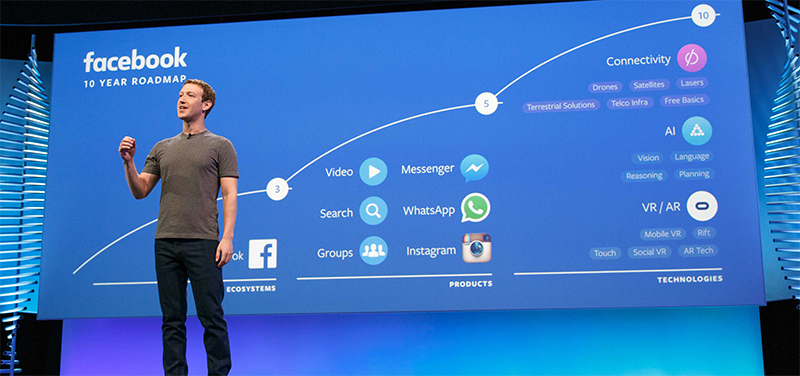
Any cam will stream to Facebook Live
All of the major social channels are playing for keeps in live streaming, but it’s often overlooked that a would-be broadcaster is locked to their mobile device or laptop for photography. Various channels and camera companies have been in talks trying to find the magical exclusive camera/channel deal, Facebook included. However, Facebook just put a past-due date on the conversation by announcing their API will be open to any app or company that wants their device to stream to Facebook Live.

Read more on Engadget
The first apps for Facebook Live
…but Facebook’s API won’t be fully public right away. Prior to the reveal at F8, multiple companies managed to get the first-access rights to accompany the announcement, including DJI, Livestream, & Streamshark. Facebook will naturally give these companies added emphasis in exchange for the promise of more exciting, relevant content. Expect to see them promoted into your feed soon.
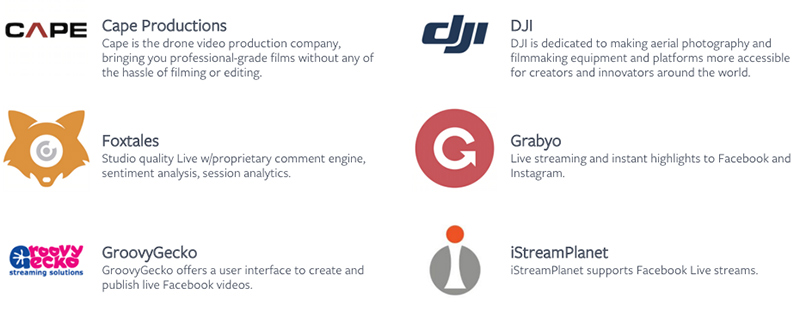
Read more on Facebook Media
Messenger Bots
Messenger has had a burgeoning position as Facebook’s One Thing for Everything solution for some time. Now, welcome the bots. Smart brands first entered the social space so that they could create a one-to-one connection with a consumer, then enjoy the halo effect from that single connection. The issue has always been that the approach does not scale economically. Enter: the bots. The implications reach everything from customer service, to ordering takeout, to serving news and information detailed to consumer preferences. The question remains whether bots will be smart enough (and consumers patient enough) that the interaction removes frustration from the brand/consumer experience, or adds to it.
Read more on Facebook
Instant Articles for Everyone
Long-form content with the promise of loading 10X faster, a 20% bump on completion, and 70X stickier than usual content? Yes, we’ll sign up. Facebook’s Instant Article feature has been around for a while, but F8 announced that it will be released for all content publishers that want in. It’s one of the predictable moves, as Facebook gets full loop control over the content consumption process, while publishers get paid promotion, ad control and undiluted metrics all from a single vendor.
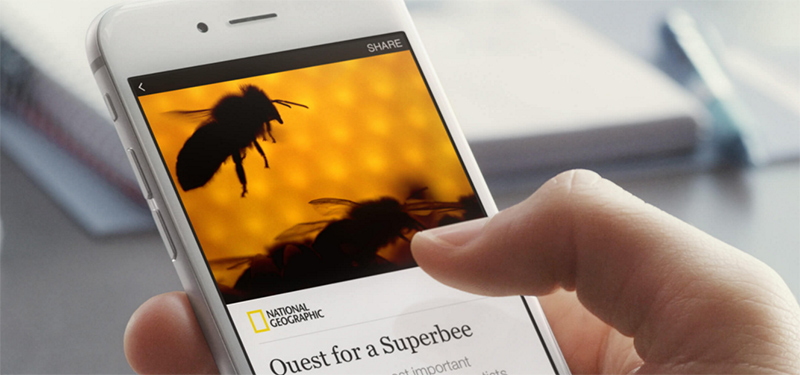
Read more on Facebook
Freebooting getting booted
You’re scrolling through your feed. Suddenly, you come across a familiar video – yes, it was that viral video that went around a few weeks ago. But now, it’s been inset into a frame that has the gaudy Impact caption “LOL – I CRIED” …and some jerkwater website has amassed 700K likes by reposting it under their own name? It’s called Freebooting, and it’s a practice for the weakest of weak-sauce marketers. Facebook is making an aggressive move by allowing brands to designate content that they upload that they don’t want used elsewhere – which will then be removed from any unauthorized page. What implications does it have for legit remixers, satirists and more intelligent media types? That will remain to be seen.
Read more at TechCrunch
VR, 360 and That Cam?
It’s no surprise that VR and 360 video will stay at the top of Facebook’s priority list. In a more magical revelation, Facebook announced a product without actually making a product. The Facebook Surround 360 exists not as a product for sale, but as a set of plans that will be made available this summer. Facebook’s product development team invites any hobbyist or company to get the plans “in order to make the best possible camera out there”. Specs say that the parts necessary to build the camera will cost about $30,000.

Read more at The Verge
Miitomo
It couldn’t be all about Facebook. Nintendo avatar and social app Miitomo was downloaded an estimated 1.58 Million times in its first 5 days in the U.S. market. The average time-in-app was over 30 minutes per day. Miitomo users find each other via their Facebook and Twitter connections, or face-to-face connections. Once in the app, the avatar takes on the task of answering questions and providing status updates. The topic for Monday morning innovation conversation: how will you dress your brand’s Mii?
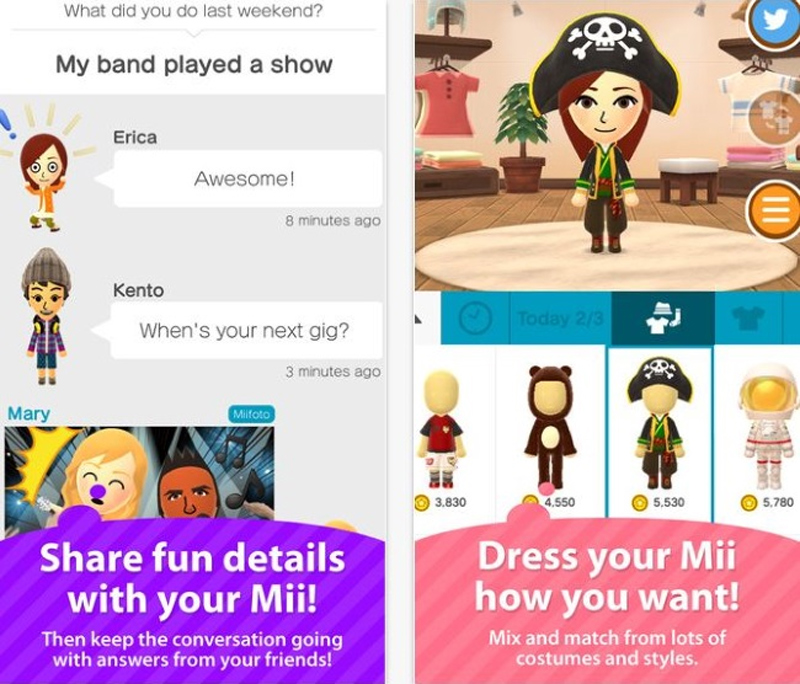
Read more on Social Times
The Impact of Instagram’s Changes
In 2014, a report published by Forrester praised Instagram and foretold its doom with a simple epithet: Get in here before everyone else ruins it. The continued drama of Instagram’s change to an Algorithmic feed model will go on for some time, but an excellent article by Francis Trapp reminds us of the foolhardiness of resisting change. Many of us might prefer that Instagram returned to the organic feed model, but as marketers, we cannot let the change roll out while we look the other way with our fingers in our ears.
Read more at Social Times
Snapchat wins the pop vote with teens
A Piper Jaffray study of over 6,000 teens revealed that Snapchat squeaked by with 28% of the vote as most popular social channel. Instagram chimed in with a healthy 27%, followed by Twitter and Facebook. Since Instagram came out on top of the same study last year, it’s easy to infer that teens are far more interested platforms that work in images and videos that tell stories, rather than their text-centric brethren.
Read more on Mashable
Twitter for breaking news
All else said, Twitter remains the unchallenged leader when it comes to breaking news over social. If the topic is political drama, disasters or crisis’, or celebrity smack-talk, Twitter leads all other channels in terms of the spike of activity on content. Though the channel content gets the most initial traction, Twitter pales in comparison to its competitors when it comes to driving clicks off site. The insight: use Twitter for native news sharing first, and for links later.
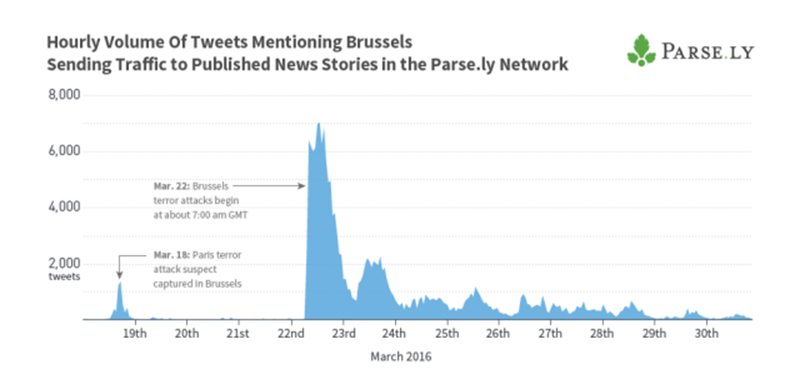
Read more on Social Times